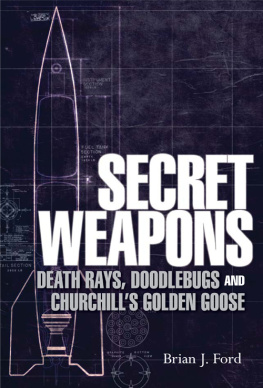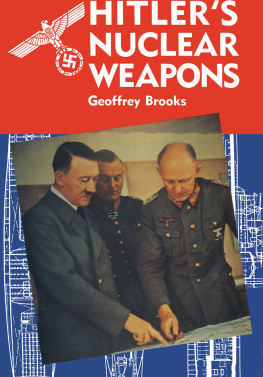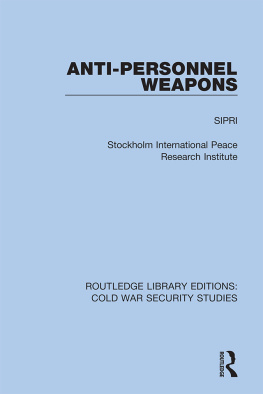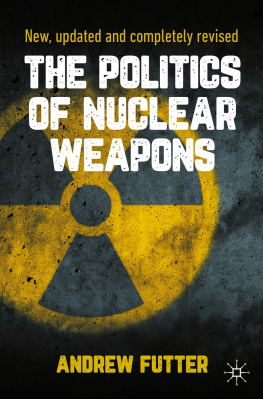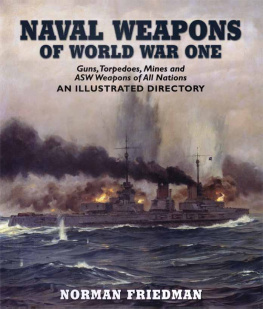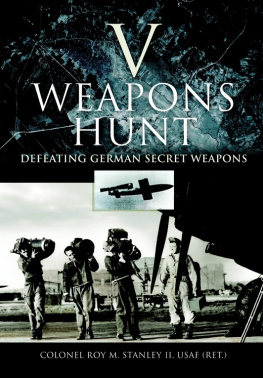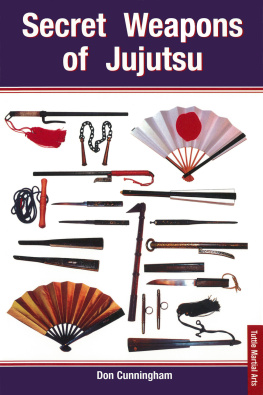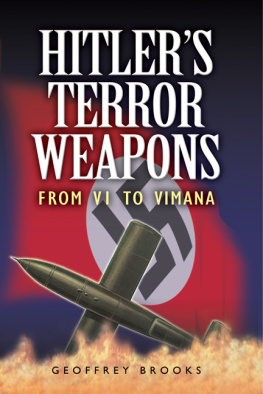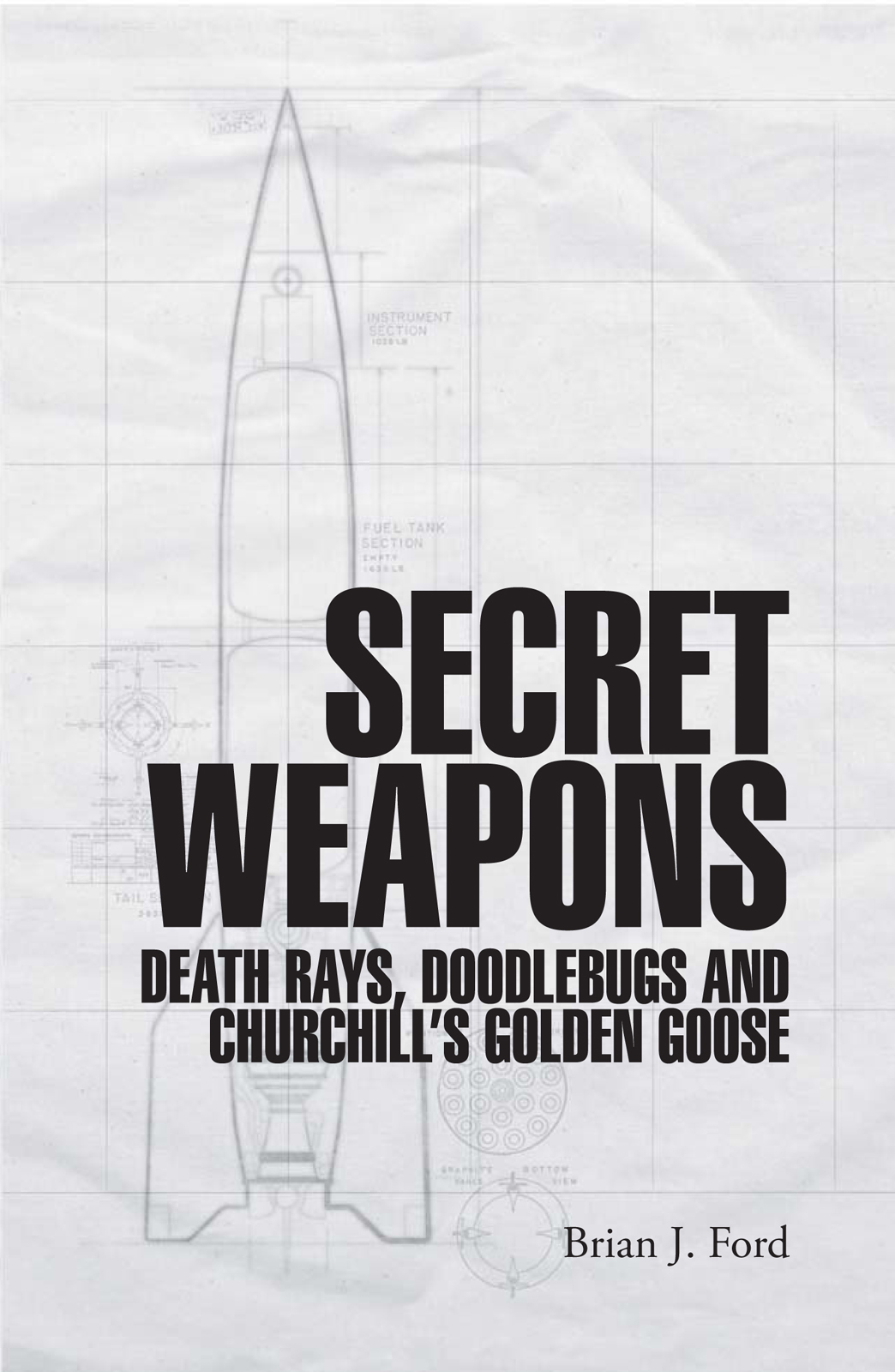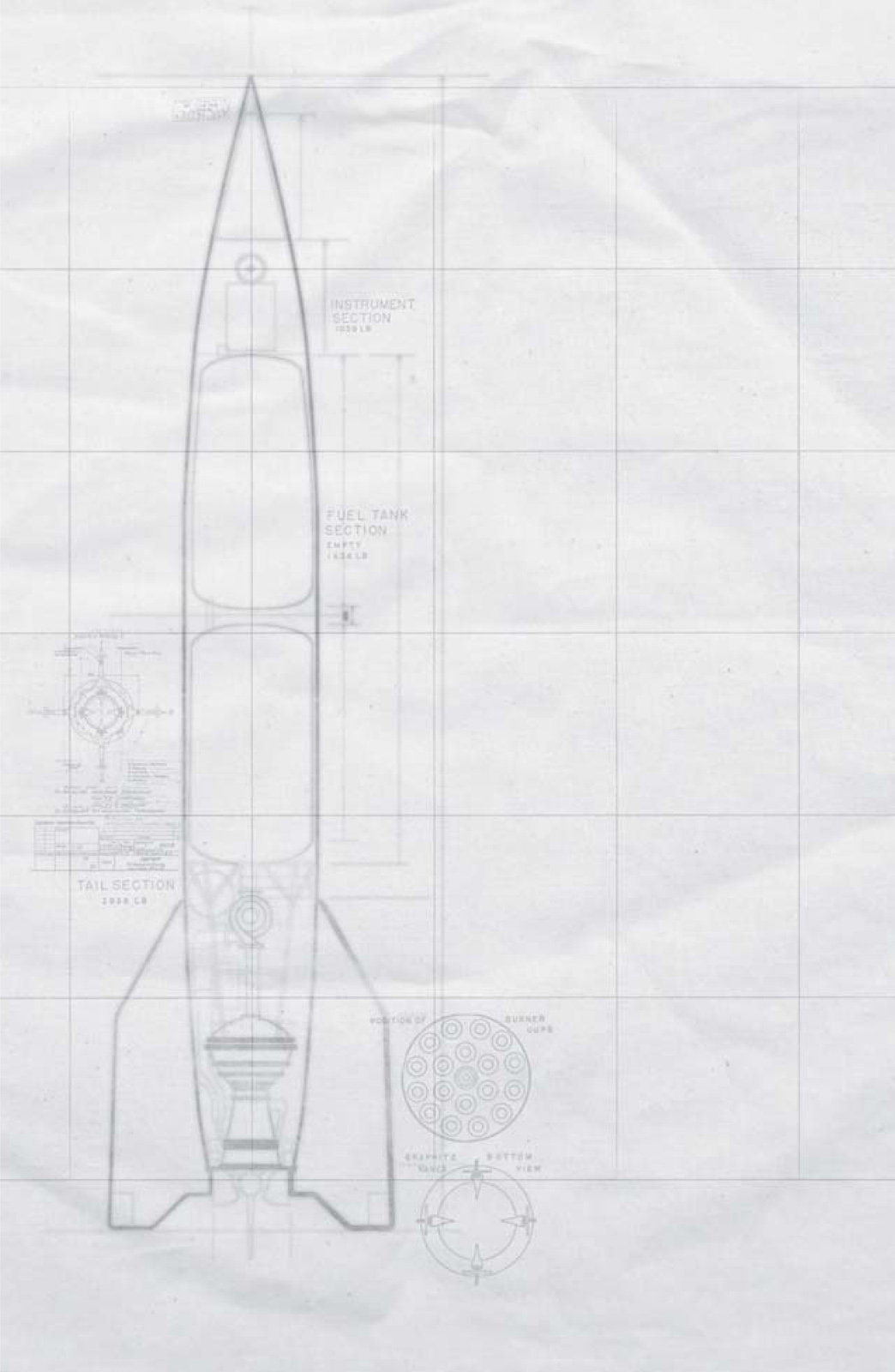CONTENTS
INTRODUCTION
Rarely has a book on World War II made a bigger impact than the first edition of Secret Weapons. The disclosure of British plans to feminize Adolf Hitler with hormones made world-wide television news, and was reported on 700,000 websites. Yet this was just a minor event in the tapestry of secret weapons development, and many of the stories have more important lessons to tell. How many realize that the decoding of the Enigma code was originally done, not by the British at Bletchley Park, but ten years earlier, in Poland? Or that the famous Operation Paperclip believed to be an act of kindness was a criminal act in defiance of international law? That the bouncing bomb raids an act of sheer heroism would now be a war crime against the Geneva Convention? Or that radar, far from being a British invention in World War II, was used by a host of nations world-wide and was actually born in World War I? Truly, we know so little about the secret facts that lie behind the war.
Not all the German secret weapon scientists opted to go to America after the war. Eugen Snger designed an orbital plane and continued his work in France. His concept is now being developed in England. Others (notably von Brauns engineer Helmut Grttrup) chose Russia. The Soviet scientists regarded the German V-2 as a plumbing nightmare, and their designer Aleksei Mikhailovich Isaev introduced lightweight copper rocket motors which gave the Russians superiority in space, and this is a textbook example of the way in which wartime research went on to give rise to post-war progress. We have all followed the successes of the American rockets since World War II, but this book reminds us that the Russians were ahead of them. The first published paper on exploring space with rockets appeared in Russia in 1903 and by 1937 they had launched a rocket to an altitude of over 13,000ft (4,000m). America was the only nation to land men on the moons surface, but this dramatic achievement needs to be set in context. It was the Russians who launched the first satellite, the first astronaut, the first interplanetary probes and the first space station. When the US space shuttle was declared unsafe and withdrawn from service, the international space programme came to rely on Russian rockets based on a success story that dates back to wartime research.
There has never been a race that can match the progress made in World War II. Computers and antibiotics went from being little-known curiosities to mainstream projects; the biplanes still popular as the war began had been superseded by jet aircraft at its end. At the beginning of the war, rockets were little more than self-propelled shells but, by its end, they took us to the edge of space.
In the modern world, it can take five years to plan a new idea, five years to obtain permission and a further 15 years to finish the work; quarter of a century in all. During the war, a new weapon or a great building could develop from concept to reality in a matter of months. Our modern Western world is suffocating in bureaucracy and, at a time when we need new technologies to safeguard the future, we could benefit from the sense of productive urgency that flourished during World War II.
During my earliest investigations into secret weapons of World War II help was provided by many colleagues in the former West Germany both in Berlin and the Deutsches Museum, Munich and by Robert Friederich, Petra Kieslich and Christian Uhl as well as contacts in the Kammer fr Auenhaldel in the former East Germany, where visits by the British were much less frequent. Working with me on my first books on this subject were Peter Dunbar, Sarah Kingham and John Batchelor. Indeed, John returns to work on this new book by providing many of the key illustrations. The writers on the period I have known include Barrie Pitt, Sir Basil Liddell Hart and Ralph Barker. I learned much by visiting sites ranging from the rocket launch pads in Florida where I was a guest of NASA (and watched the space shuttle being launched) to the advanced anti-aircraft launch base hidden in the bushes at Lavernock in Wales, United Kingdom. I travelled from Bletchley Park, home of the British wartime code-breakers, to tour the Argonne National Laboratory near Chicago, which arose from Enrico Fermis top-secret Manhattan Project. Since those early years my visits have extended from the United States and Germany to North Africa, and through China and Japan to wartime sites in Guam, to Pearl Harbor, Papua New Guinea, Malaysia and Singapore.
It is impossible to acknowledge all the individuals who have advanced my understanding, but the influence of Professor R. V. Jones, Winston Churchills Assistant Director of Intelligence, was invaluable; similarly, Professor Thomas Allibone and Professor Max Perutz gave me further insights into what went on behind the scenes. I spent many happy days with Dr George Svihla at his home in Ogden Dunes, Indiana, where we discussed his memories of working in the wartime laboratories in the United States; and with Horace Dall in Luton, England, who was with the first scientific parties entering the German laboratories as the Allies advanced in 1945. I have consulted the facilities at major resources including the Science Museum and the Imperial War Museum in London and the libraries in New York and Washington DC. The librarians at Cardiff opened for me the reports of the Combined Intelligence Objectives Subcommittee and the British Intelligence Objectives Subcommittee, and I have been offered timely assistance at the University of Cambridge by Dr Allen Packwood, Director of the Churchill Archives Centre, and his staff. I have been advised by knowledgeable authorities ranging from Mr Rod Kirkby of Cambridge on jet aircraft and Mr John Gallehawk on Bletchley Park to Professor H. Willkomm of Kiel on wartime nuclear physics and the Rt Hon Dr Alex Hankey, whose grandfather was Baron Hankey, Chairman of the Scientific Advisory Committee of the War Cabinet under Winston Churchill. Lord Asa Briggs, with whom I have lectured on this topic in London, has been most encouraging, while Mr Eddie Creek has kindly supplied some rare photographs for this volume, and Dr Hugh Hunt, Fellow of Trinity College, came to give the inaugural joint lecture on the bouncing bomb for Madingley Hall and the Cambridge Society for the Application of Research, of which I had the honour to be President, at the University of Cambridge.
On a personal note, I wish to express sincere gratitude to those who have done far more to assist the writing of this book than ordinarily you might expect. To Kate, for her unique insights into publishing; for the editorial skill of Emily and Margaret, and above all to Charly for her diligent professionalism and Jan for providing the essential infrastructure that every writer needs.
Differing authorities have used a variety of naming styles over the years; here we will have both the English and overseas names provided for each weapon. To bring consistency, model numbers all have a hyphen (thus the V2, as it was often described in Germany, is here the V-2).
The secret research of World War II brought us the first cruise missile, the birth of long-range rockets, the realities of radar and remote-control technology, earthquake bombs, supersonic planes, modern plastics and super-drugs, ballpoint pens and stealth technology. This was an astonishing, unmatched era of amazing progress in science and technology. It has lessons to teach us yet.
Brian J. Ford
Cambridge, 2013

